The Rideau Centre and Bayshore Mall can both be seen as an example of a place where the ontological insecurity dynamic plays out. Shoppers want to buy clothing in order to have some sense of control or ontological security. The clothes, accessories, make-up that they wear, or the games, gadgets, and symbolize their identity and status, which creates sense of "choice" to be part of the “in” crowd, to be Canadian, or to simply calm the unsettling feelings of ontological insecurity., and buy clothes that help secure their position. However, shoppers are essentially asking the same questions as students. They want to know if they are doing enough to be part of the in crowd and how do they measure up to others outside the self. When a shopper sees people of a perceived lower status have the same things that they, this challenges their ontological security. Likewise, when their peers have new clothes and more advanced devices this pushes the consumer to want to purchase more in order to measure up more effectively. Thus in order to maintain this sense of security we must continue to consume, regardless of the financial uncertainty we face which is prevalent today.
The struggle to measure up is a continuous effort by consumers who want to be up to date, and clothing companies who want to make you keep trying and buying. For example, the picture below shows a store with the caption “remix your style”. The grey lettering between also tells the shopper that inside they can keep their style fresh for spring break. Undoubtedly there will be a sign soon saying that the style for summer will be even better. Fall, winter, Christmas, back-to-school and a myriad of other seasons and events will all command new attention to revisit one’s wardrobe and update it. The mall, which gives the shopper a sense of security, eventually commands them to continue buying to keep that feeling fresh. As Ferrell, Hayward and Young point out, our new dream is to express ourselves meaningfully, and this means continually reinventing your identity (2008, 59). Furthermore, they point out that this task of expression and reinvention is “primarily scripted and marketed by way of mediated communications” (59).
The narrative sold to us is that no matter what our means we should buy in order to keep up. As Brown says, this leads us to shift our thinking from planning for an uncertain future to living one day at a time as evidenced by a boom in the credit industry (2000, 64). Our ontological insecurity is caused by messages that tell us things like “look at yourself and make a change” or “slim is in” as in the pictures below. We see people around us who have already bought the newest style and we do not want to be left out. Brown expresses that we conform as a defense mechanism to protect our inner self (2000, 64). By taking part in this struggle to satisfy our dreams of meaningful identity, we accept the narrative pushed by retailers in the Rideau Center, of continuous consumption.
The struggle to measure up is a continuous effort by consumers who want to be up to date, and clothing companies who want to make you keep trying and buying. For example, the picture below shows a store with the caption “remix your style”. The grey lettering between also tells the shopper that inside they can keep their style fresh for spring break. Undoubtedly there will be a sign soon saying that the style for summer will be even better. Fall, winter, Christmas, back-to-school and a myriad of other seasons and events will all command new attention to revisit one’s wardrobe and update it. The mall, which gives the shopper a sense of security, eventually commands them to continue buying to keep that feeling fresh. As Ferrell, Hayward and Young point out, our new dream is to express ourselves meaningfully, and this means continually reinventing your identity (2008, 59). Furthermore, they point out that this task of expression and reinvention is “primarily scripted and marketed by way of mediated communications” (59).
The narrative sold to us is that no matter what our means we should buy in order to keep up. As Brown says, this leads us to shift our thinking from planning for an uncertain future to living one day at a time as evidenced by a boom in the credit industry (2000, 64). Our ontological insecurity is caused by messages that tell us things like “look at yourself and make a change” or “slim is in” as in the pictures below. We see people around us who have already bought the newest style and we do not want to be left out. Brown expresses that we conform as a defense mechanism to protect our inner self (2000, 64). By taking part in this struggle to satisfy our dreams of meaningful identity, we accept the narrative pushed by retailers in the Rideau Center, of continuous consumption.
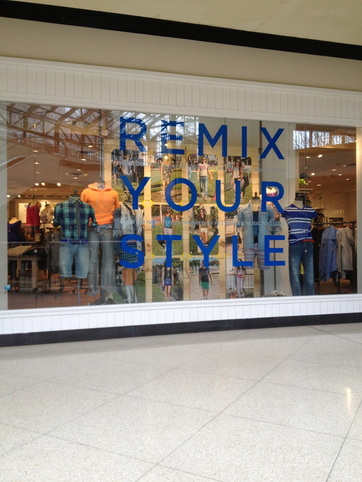
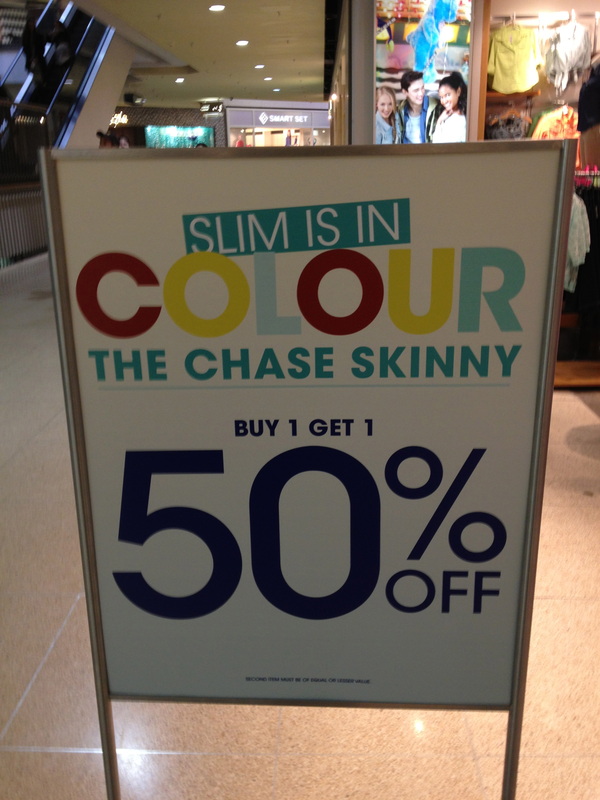
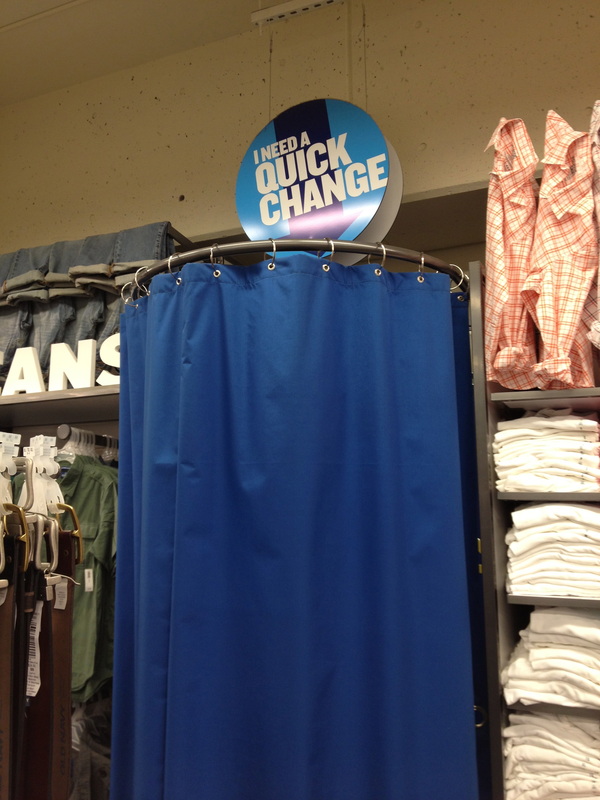
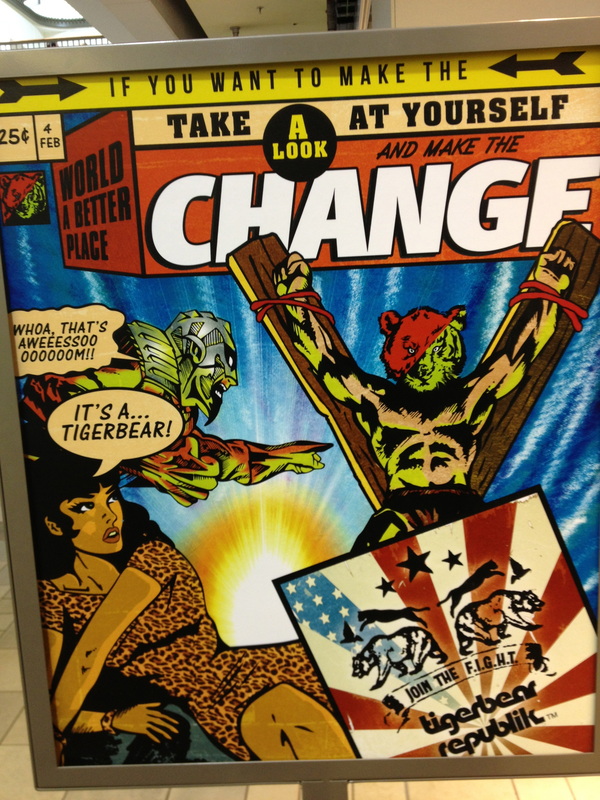
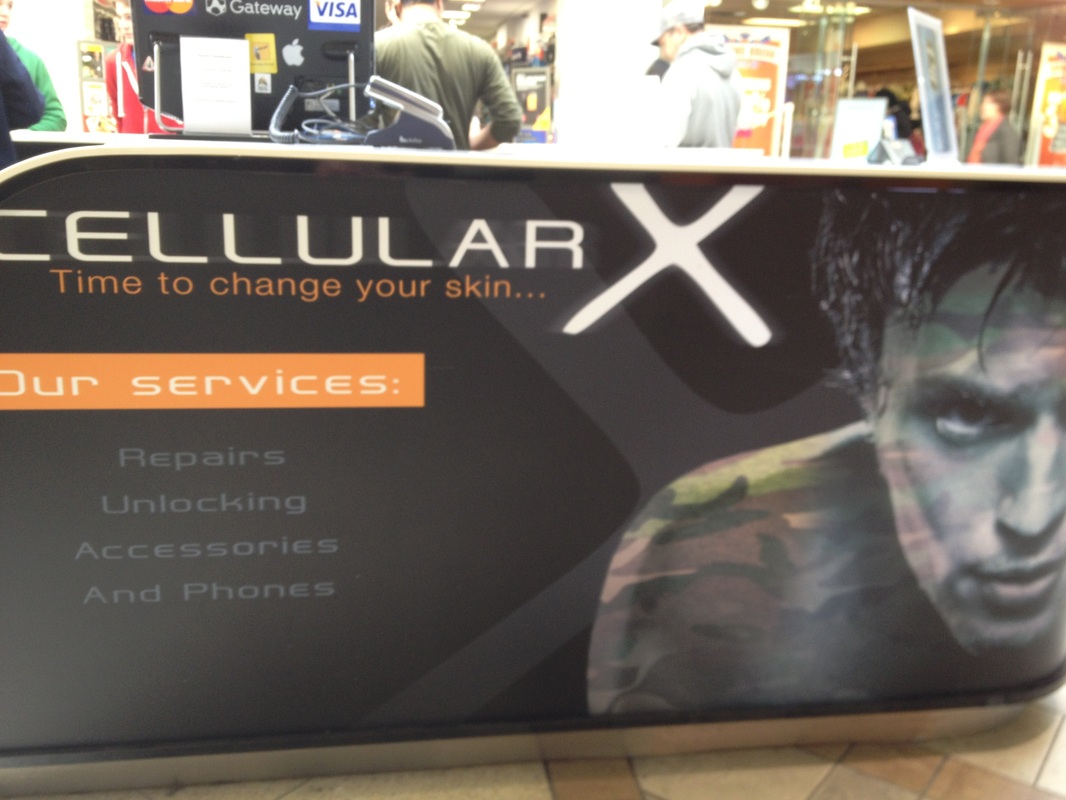
 RSS Feed
RSS Feed